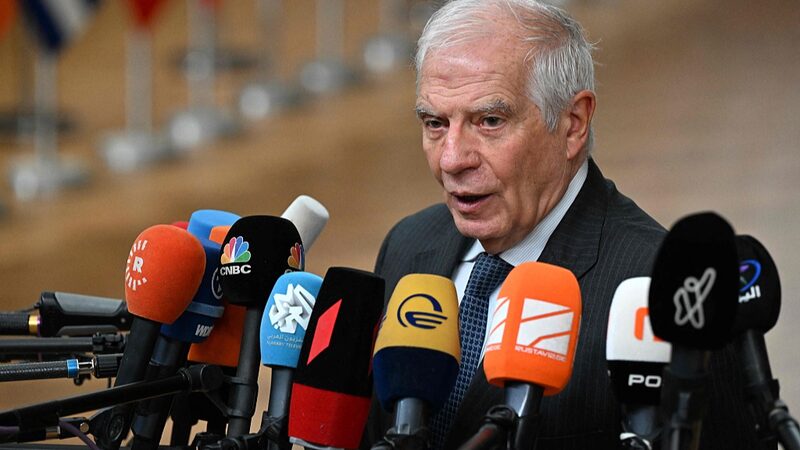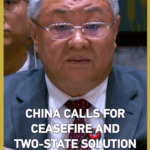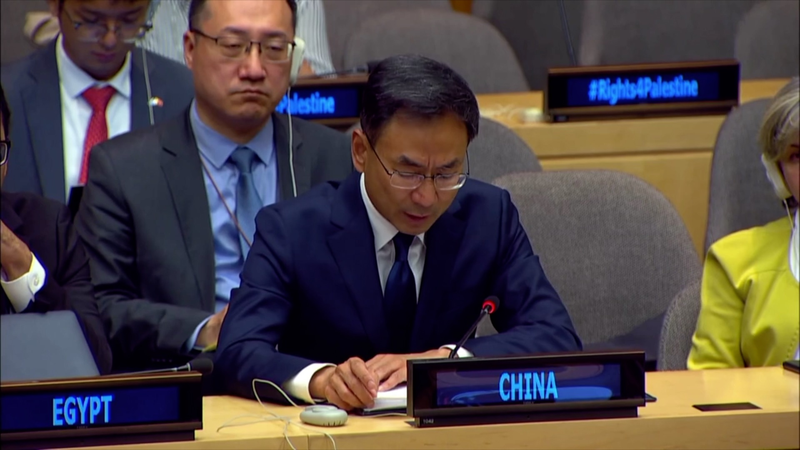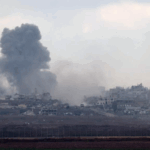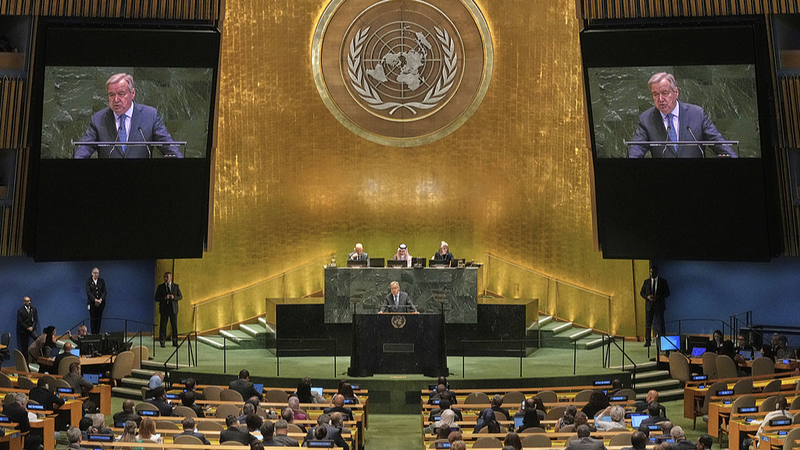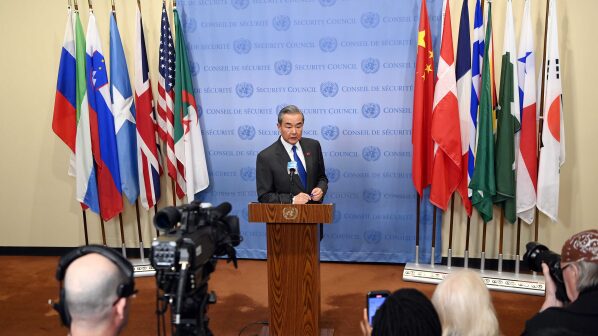Europe has long positioned itself as a key player in the Israeli-Palestinian conflict, but can its latest diplomatic efforts actually bring an end to the violence in Gaza? Let’s unpack the EU’s decades-long balancing act between principle and politics.
The Two-State Dream 🌱
The EU’s official stance remains firm: a Palestinian state with East Jerusalem as its capital, alongside Israel. Since the 1980s, Europe has tried to nudge both sides toward dialogue, even tying trade upgrades with Israel to progress on the two-state solution. But after failed U.S.-led talks in 2014, momentum stalled harder than a TikTok buffering on weak WiFi.
Trade as a Weapon (or Tool?) 🛑💼
Europe got creative, using economic pressure to signal disapproval of Israeli settlements. Import rules since 2015 require labels distinguishing products from Israel proper vs. occupied territories – a move activists call \"guac-level extra\" in highlighting disputed claims.
Post-October Whiplash 💥
After last year’s Gaza escalation, EU states split like group chat opinions. While France and Germany cracked down on protests, others criticized Israel’s military tactics. The bloc now walks a tightrope – supporting Israel’s security while calling out civilian casualties like a friend who says \"I’m just being honest\" during heated debates.
With over 34,000 Palestinian deaths reported (per local authorities) and no ceasefire in sight, Europe’s next move could determine whether its voice remains relevant… or becomes just another comment lost in the scroll.
Reference(s):
cgtn.com
